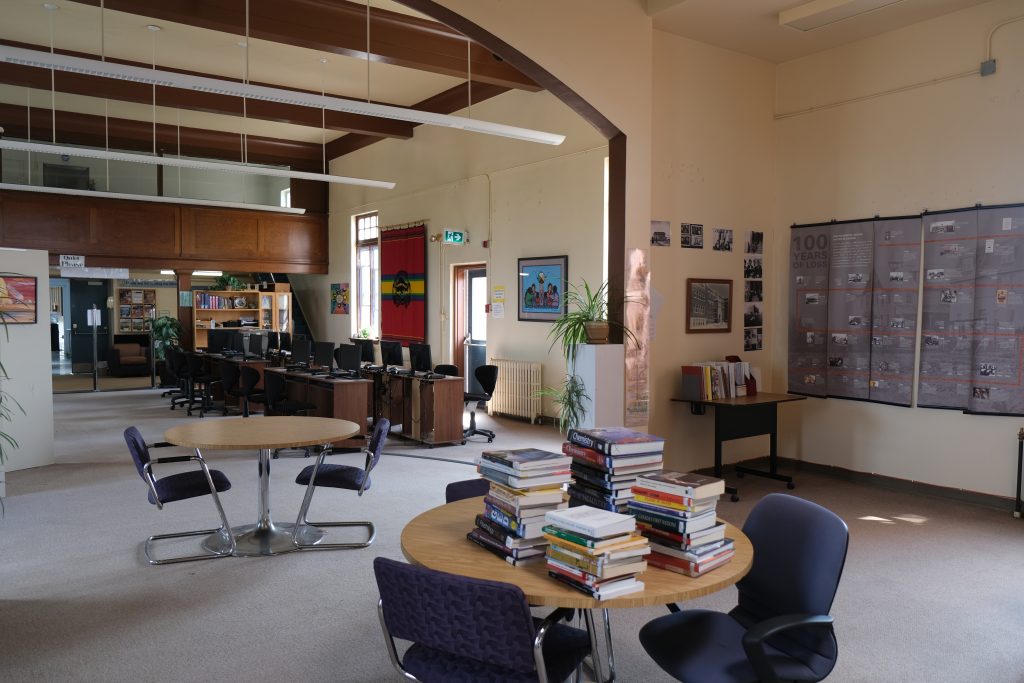
UnBQ Library
The Library at University nuhelot’įne thaiyots’į n…
Read moreThe boiler room and former coal shoot at University nuhelot’įne thaiyots’į nistameyimâkanak Blue Quills (UnBQ). This large space continues to house the utilities used to heat this large masonry building. Click on the triangle to load the point cloud.

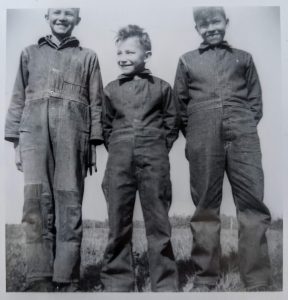
The boiler room is one of the areas of UnBQ where function and appearance have changed very little since its operation as a residential school. While there have been technological updates and modernization of the utilities, the boiler room retains much of its original appearance.
Students at the school were often responsible for tasks related to the operation of the school such as laundry, washing dishes, harvesting food from the gardens, serving staff meals, taking care of livestock, and shoveling coal. Children working at these tasks would be assigned them both as daily living chores but also occasionally as punishment.
Soon after its construction, chemical analysis of Blue Quills water supply revealed high levels saline/sodium sulfate, which is said to have a laxative effect when consumed. The extreme hardness of the water with high amounts of rust would have been harmful for both human consumption and the plumbing system itself. Despite these safety concerns, government representatives deemed the installation of a water softener to be unnecessary and too expensive.
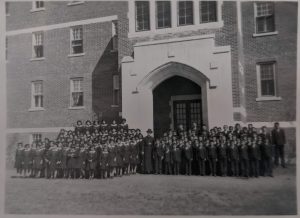
Many of the risks faced by Indigenous students attending residential schools such as Blue Quills came from the buildings themselves. The architectural plans for Blue Quills which have been constructed using the laser scanning data, illustrate how poorly these schools were designed from a safety perspective. In 1952, a very dangerous fire hazard was identified at Blue Quills following the construction of a new wing of the school which was accessible from two levels. Inspector F.A Ingram advised that the stairwells be enclosed so that they acted as a natural fire break to prevent the spread of fire.
The relatively remote location of Blue Quills required that fire suppression be done on site. Blue Quills had been designed to accommodate 200 students. However, a feasibility study showed that well water productivity was only able to support 100 students. This was inadequate for both fire protection and student use (hygiene and consumption). As a result, water tanks at the school were of a size that was inadequate for extinguishing any fires that might occur. Fire escapes, as seen in the virtual 3D model of UnBQ above, were also documented as being inaccessible to many students. Inspectors report that while fire escapes were accessible to students on the first floor, they were inaccessible to students on the second floor.
This image includes modern images of the boiler room. If anyone has historic photos of the boiler room at Old Sun that they would like to submit to this archive, please contact us at irsdocumentationproject@gmail.com or submit through "Submit your Memories" button at the top of the page.
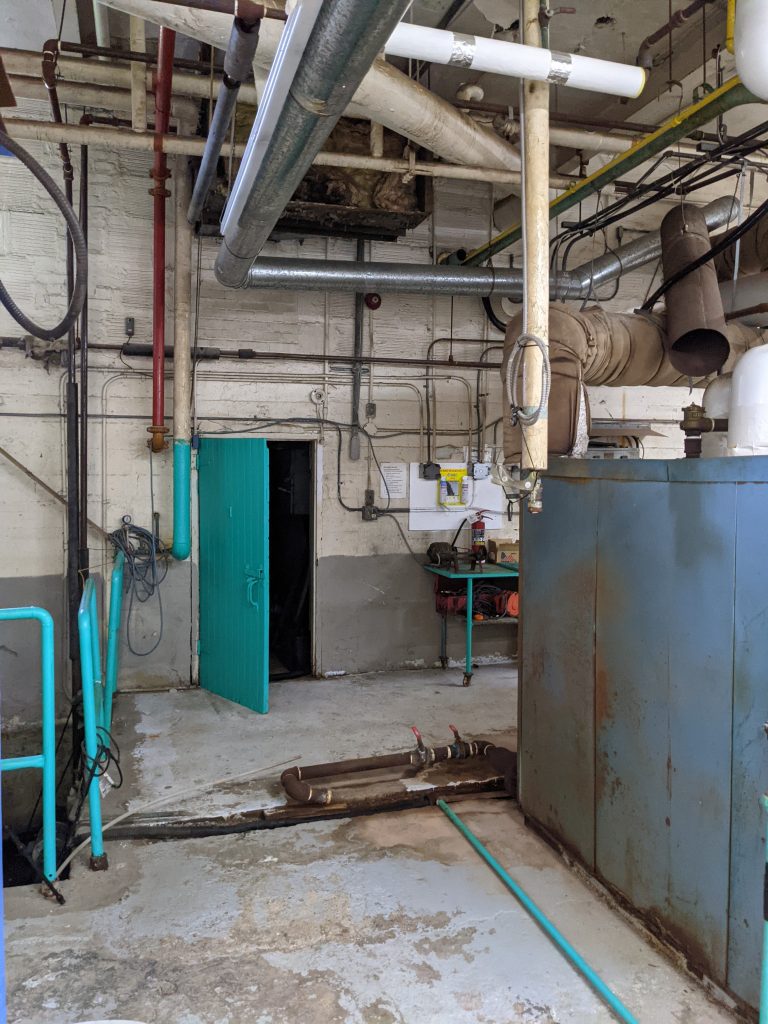

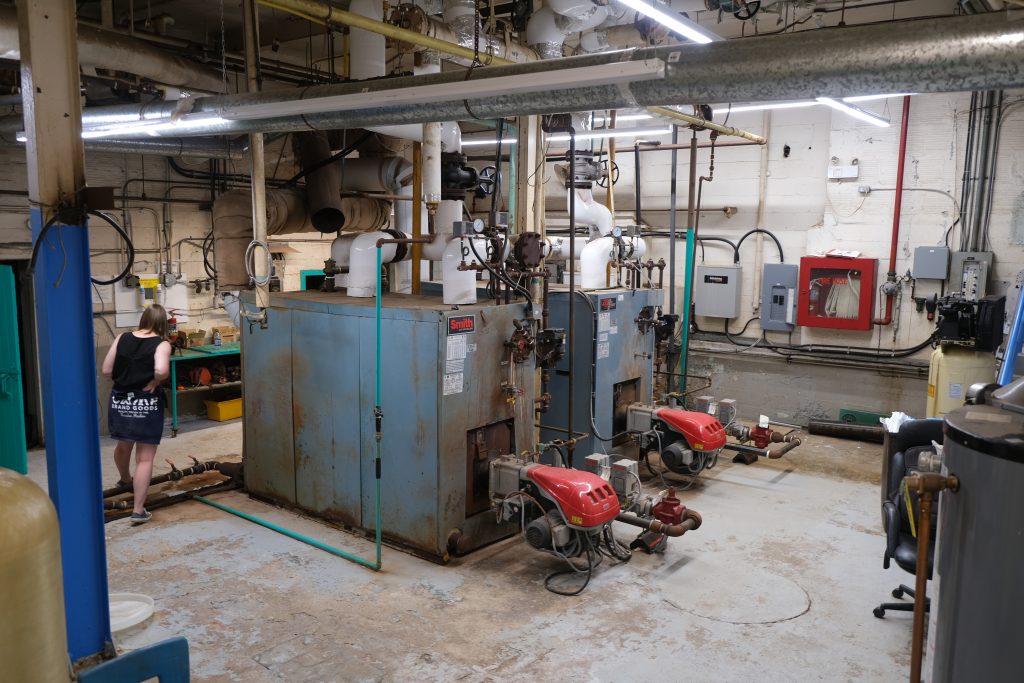
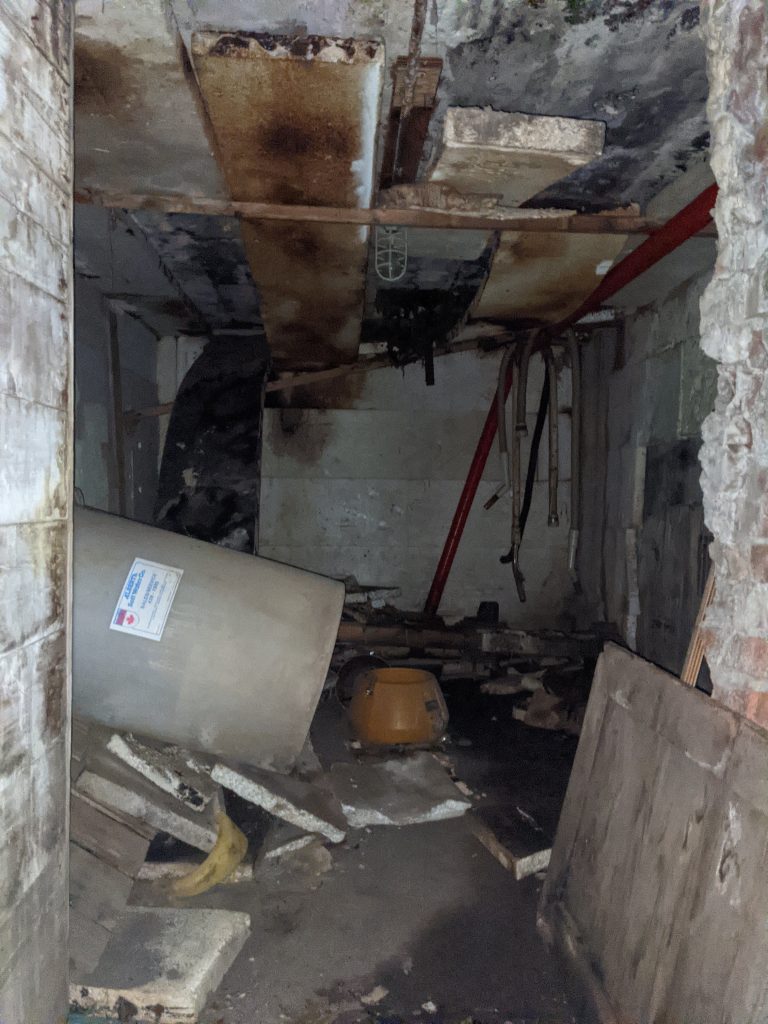

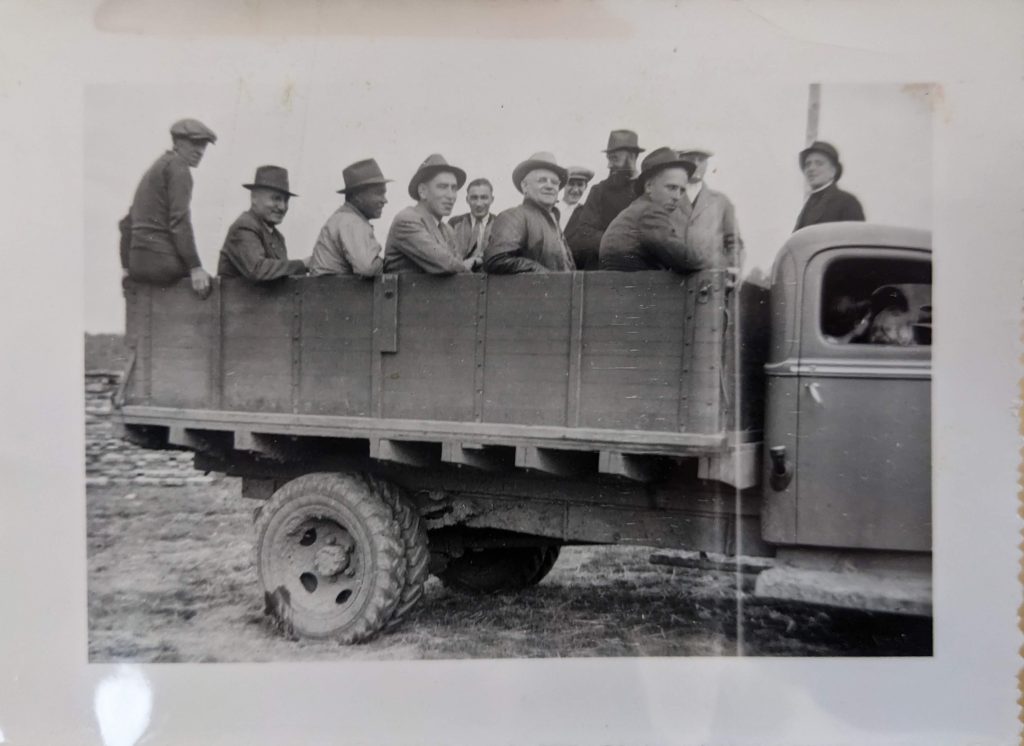
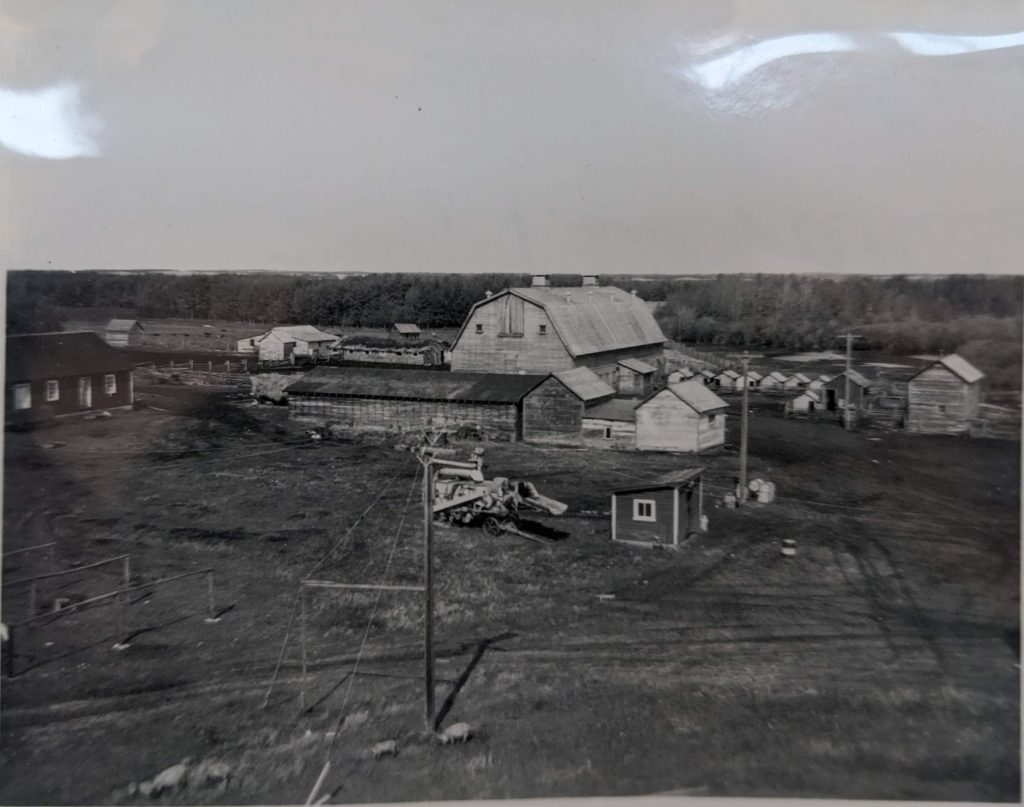
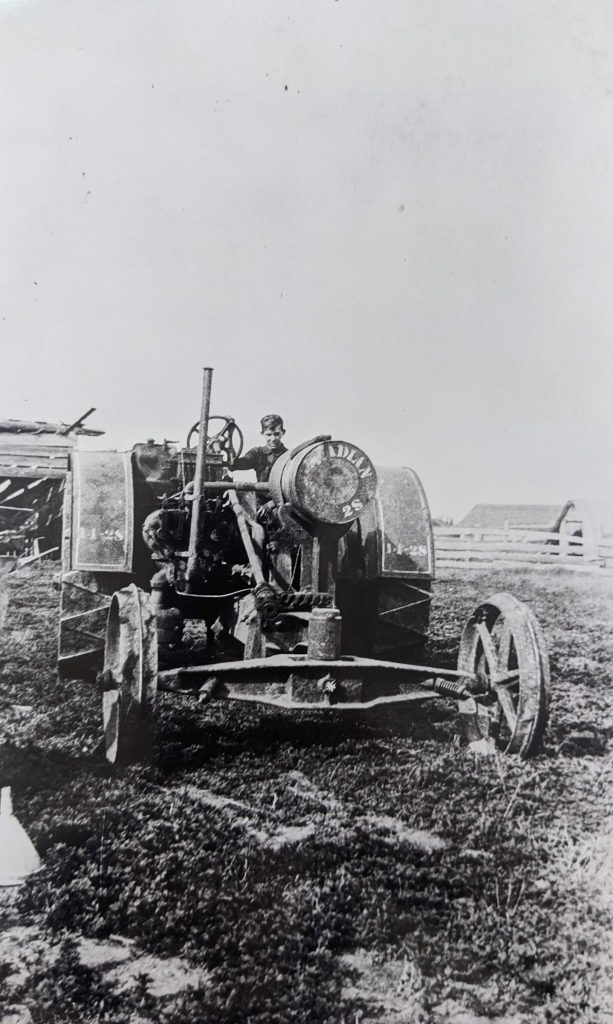
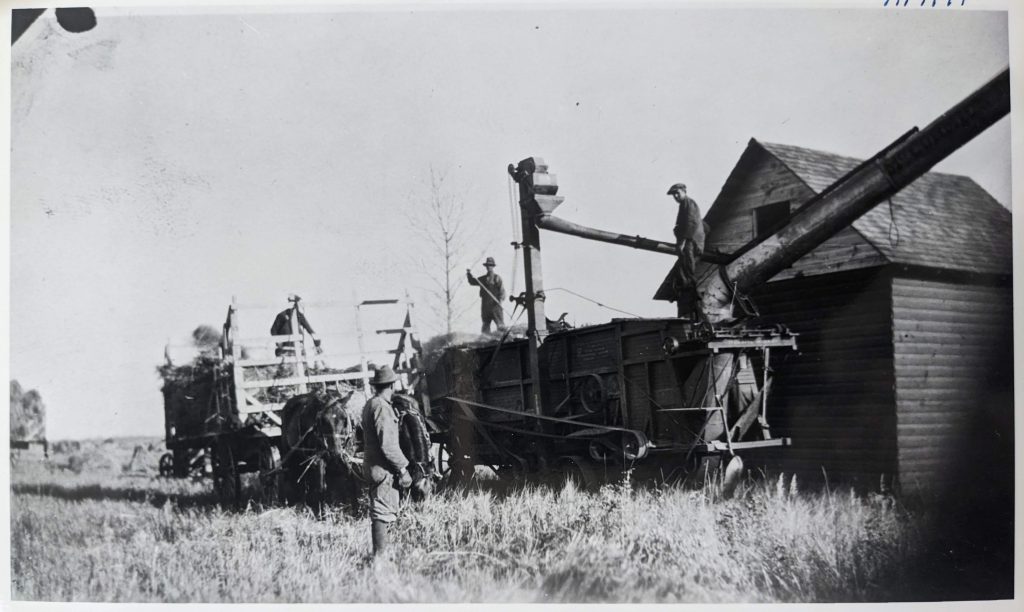
I just want to talk about the hair thing again, and how it was very hard to… I can still feel the hair being cut on my head, on my head… and my head being shaved and having to be herded off to the showers and being scrubbed.
When I got older, I was also forced to scrub a little girl, that was the hardest part, because they gave us these wooden scrub brushes, and I scrub this little girl under the shower and both her and I are crying because I didn’t want to do it, and she was crying, and we, and we could not leave the shower until the nun okayed, you know that we could go and dress up. And three times I had to go back and re scrub her as she cried and I cried.
About a year ago I met a young girl, and I’m talking to her, and I said you know, it bothered me that I had to scrub her as hard as I did, and she said, you know what, she said “I don’t remember that.” And I said, “well it bothered me,” and I told her that, “you know that, that I felt bad all these years,” and that I’d never seen her and I always wanted to hunt her out, to see, just to talk to her.
And she was glad that she came, that I got to see her, and I was too because I found that was very hard and that I told her that I was very sorry, and she said likewise, and she said, “I always thought I was the one that was scrubbing you, you know,” and I remember then that we were taking turns scrubbing, scrubbing each other, because we knew we had to try to get out of that shower because otherwise we would have been there for a long time. Which I know some girls had to stay there a long time.
– Margaret Cardinal
Margaret Cardinal Testimony. SP118_part16. Shared at Slave Lake Hearing Sharing Panel. June 18, 2013. National Centre for Truth and Reconciliation holds copyright. https://archives.nctr.ca/SP118_part16
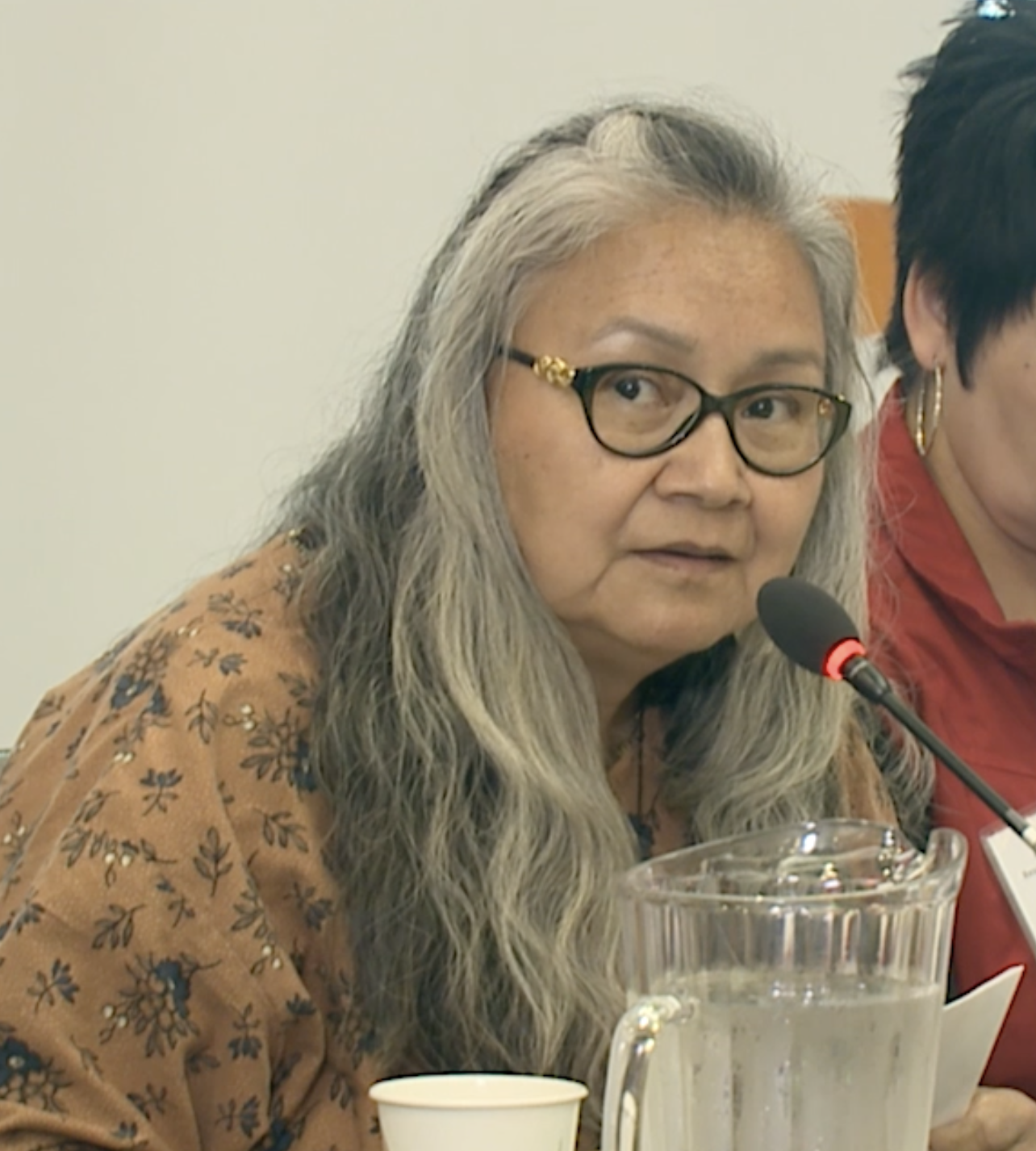

The Library at University nuhelot’įne thaiyots’į n…
Read more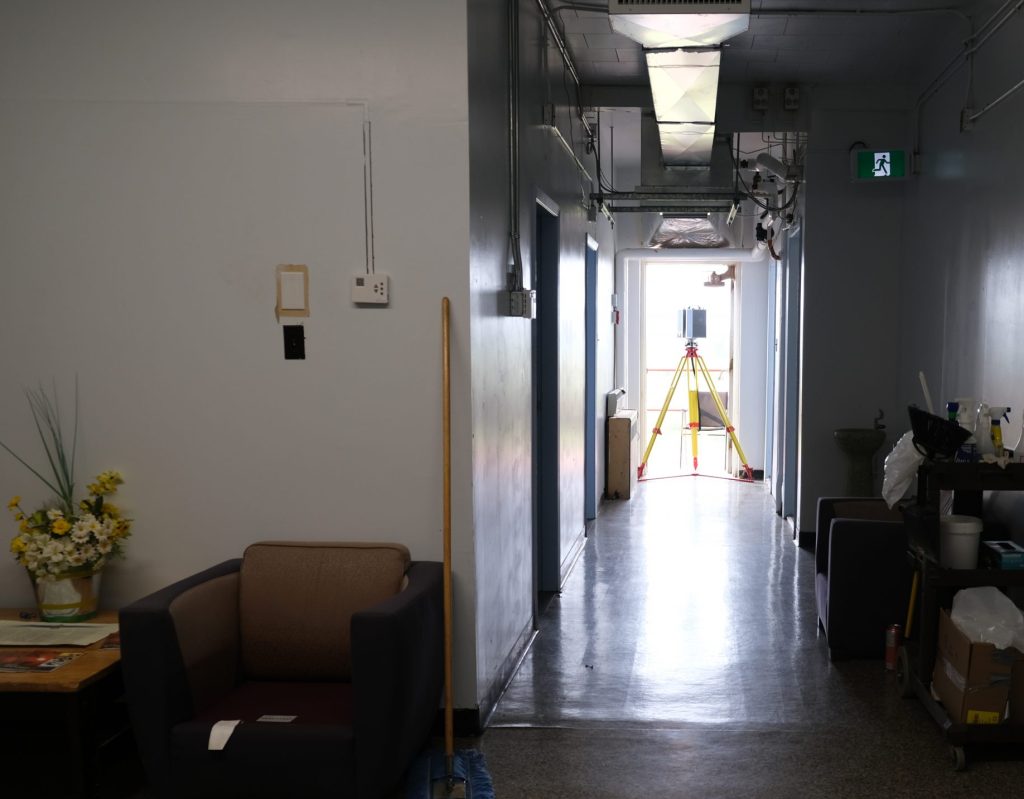
The 3rd Floor of University nuhelot’įne thaiyots’į…
Read more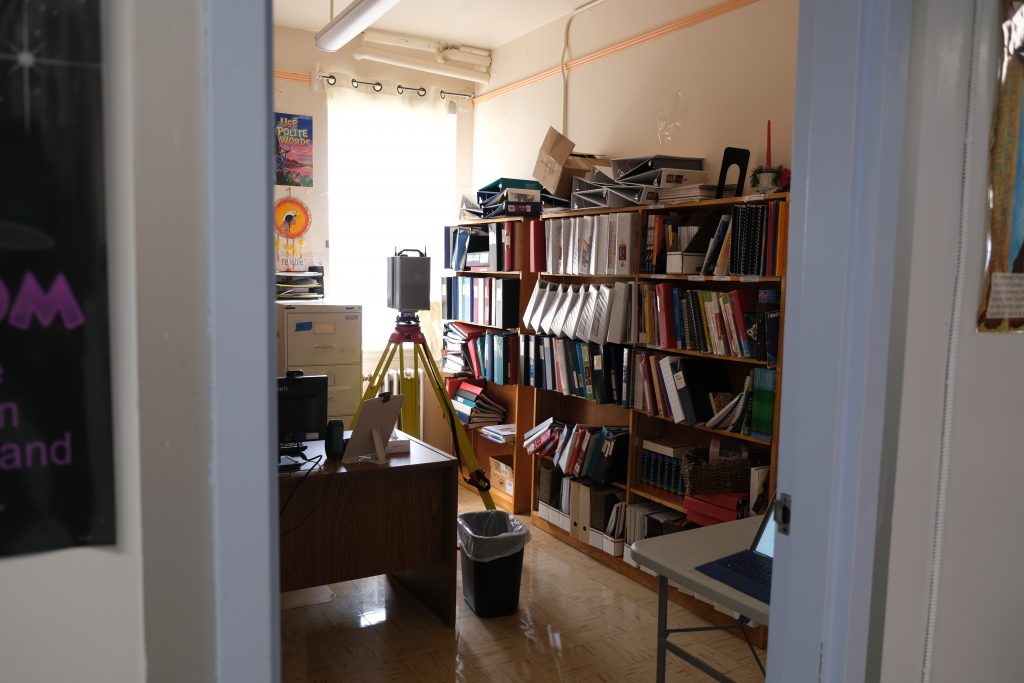
The 2nd Floor of University nuhelot’įne thaiyots’į…
Read more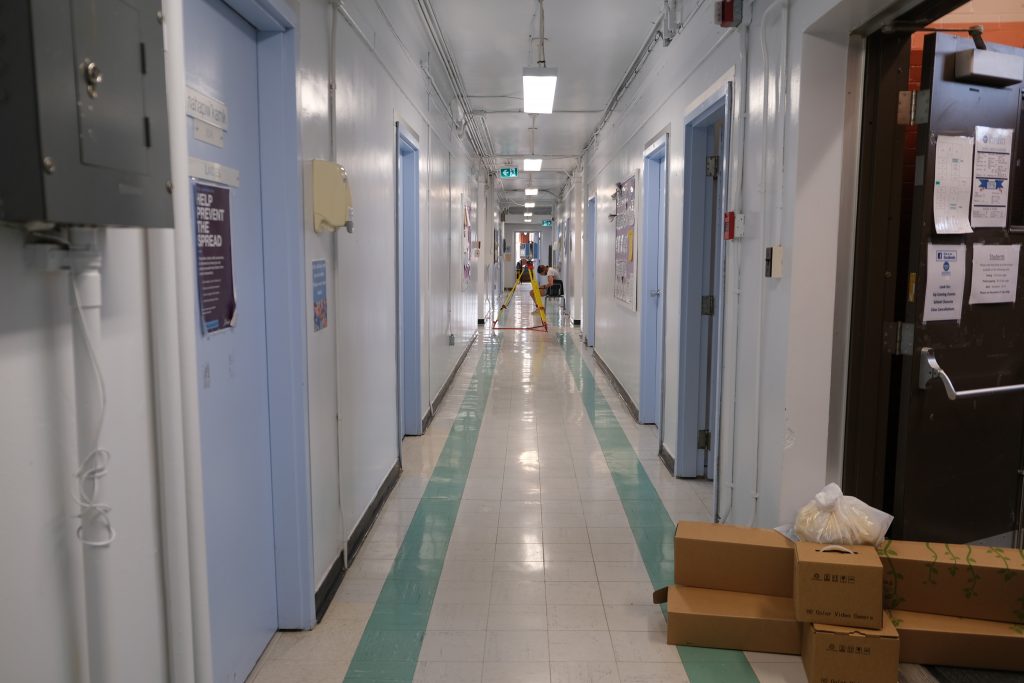
The 1st Floor of University nuhelot’įne thaiyots’į…
Read more
The basement of University nuhelot’įne thaiyots’į…
Read more
The University nuhelot’įne thaiyots’į nistameyimâk…
Read more